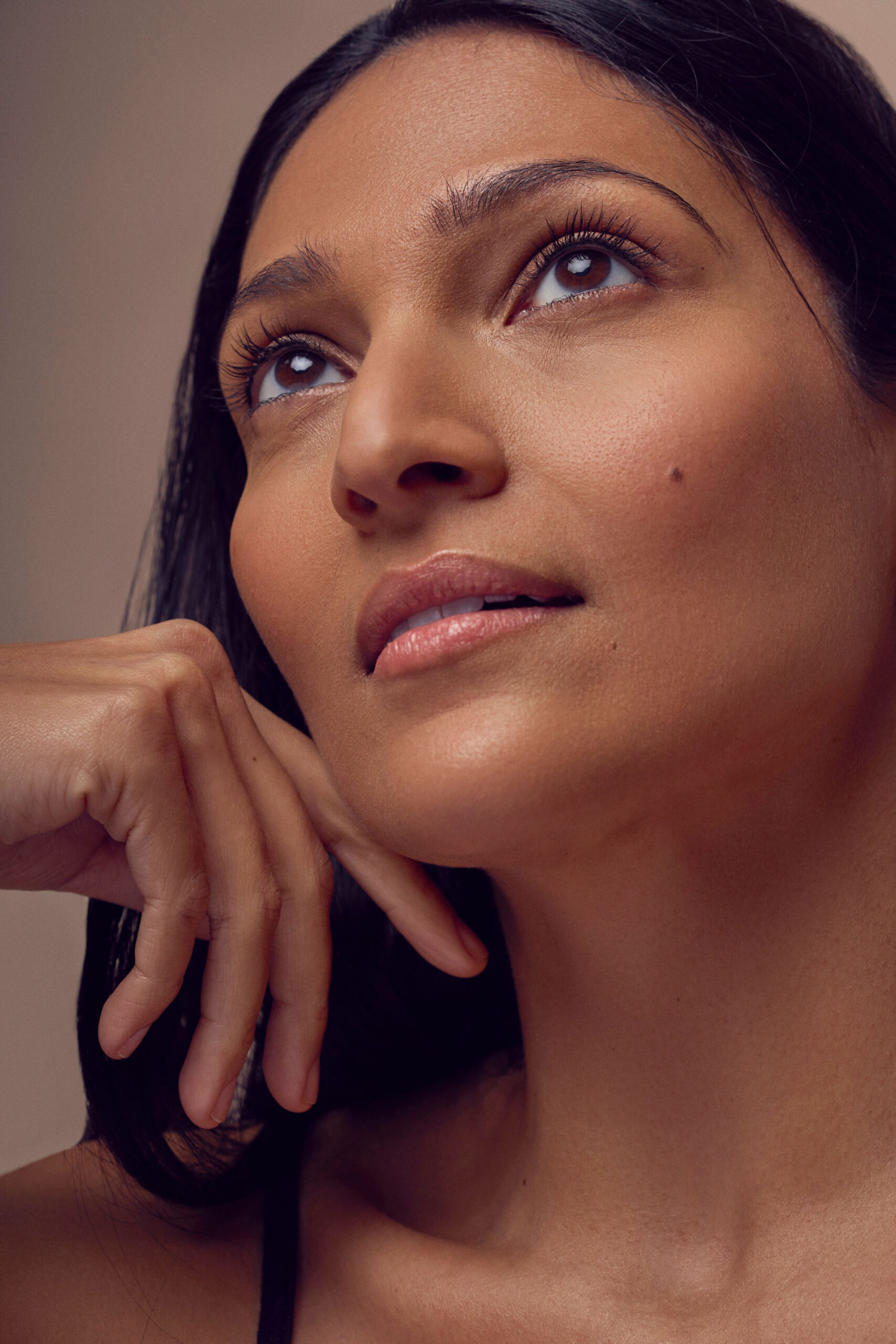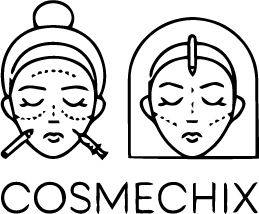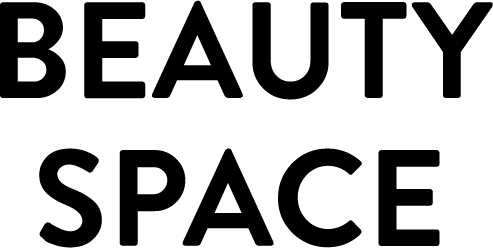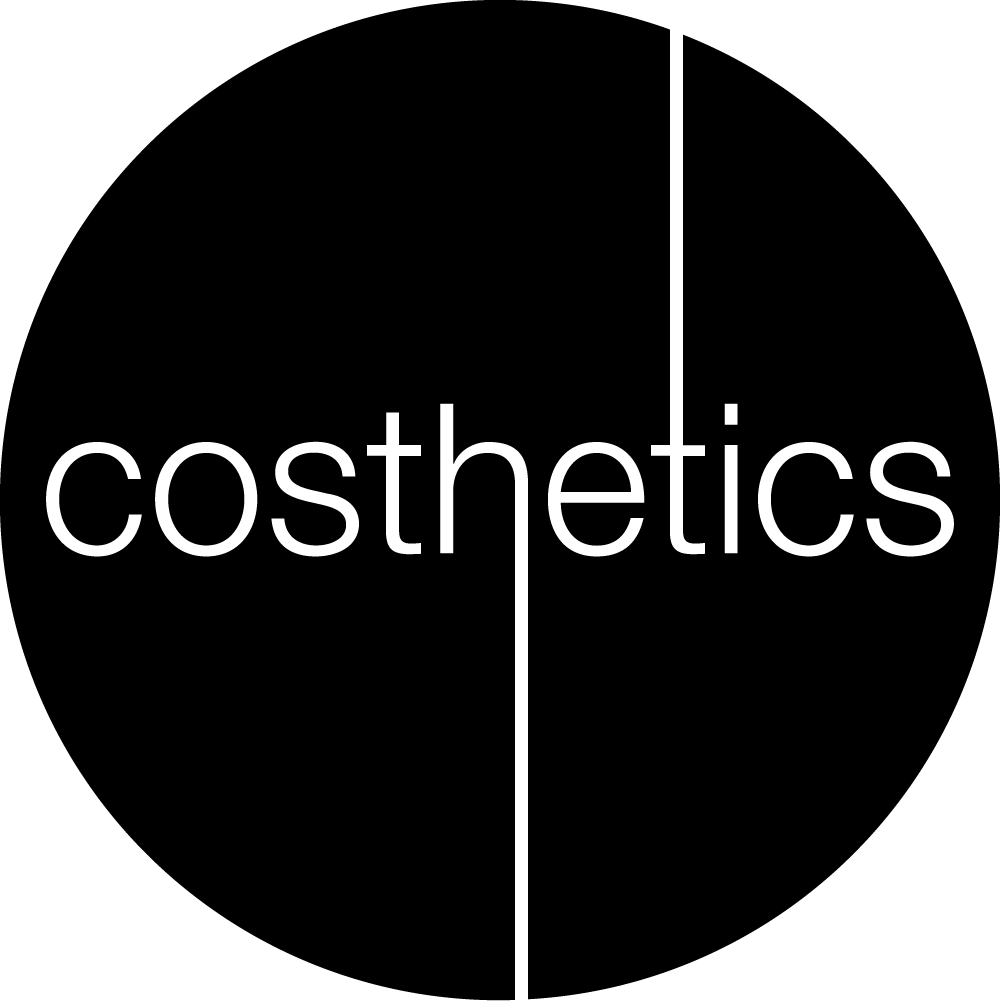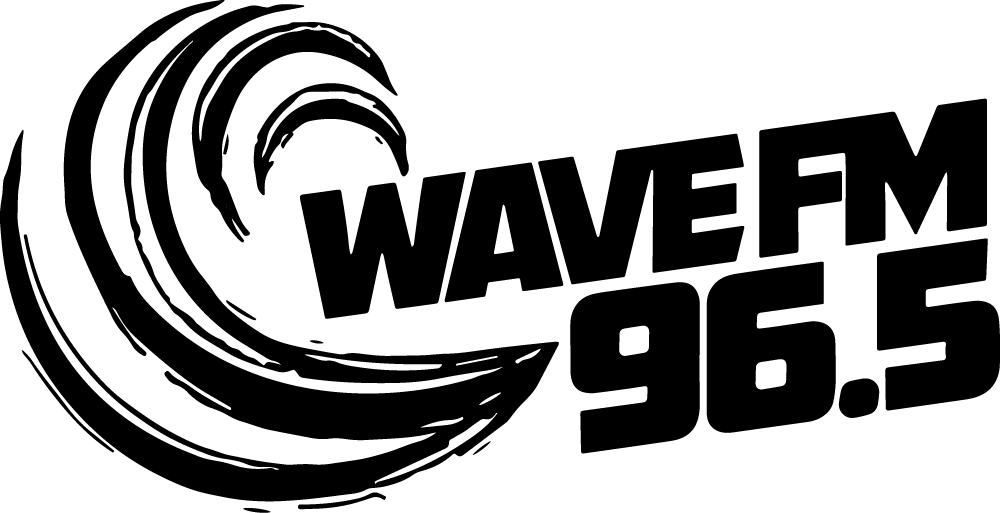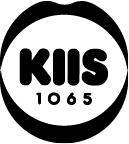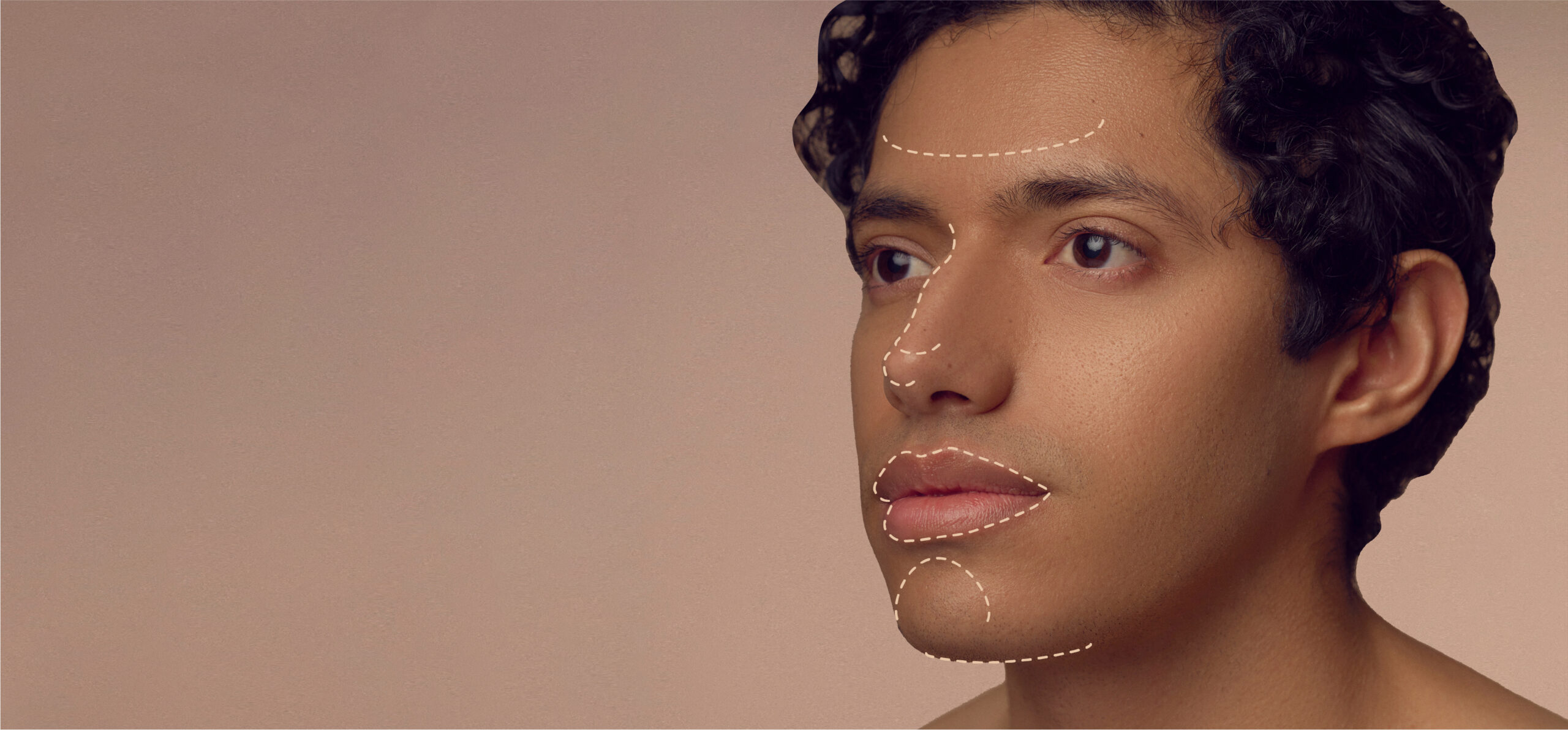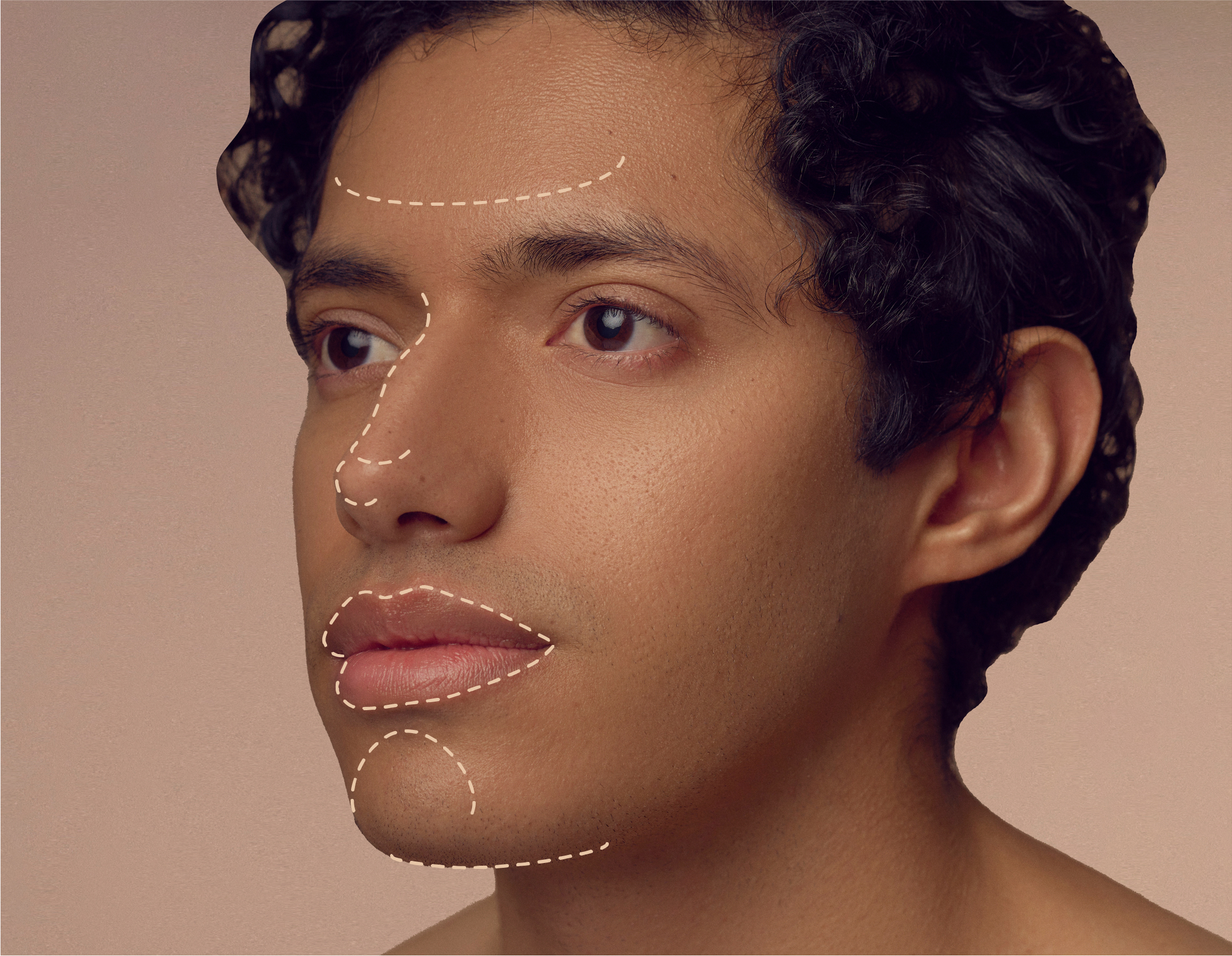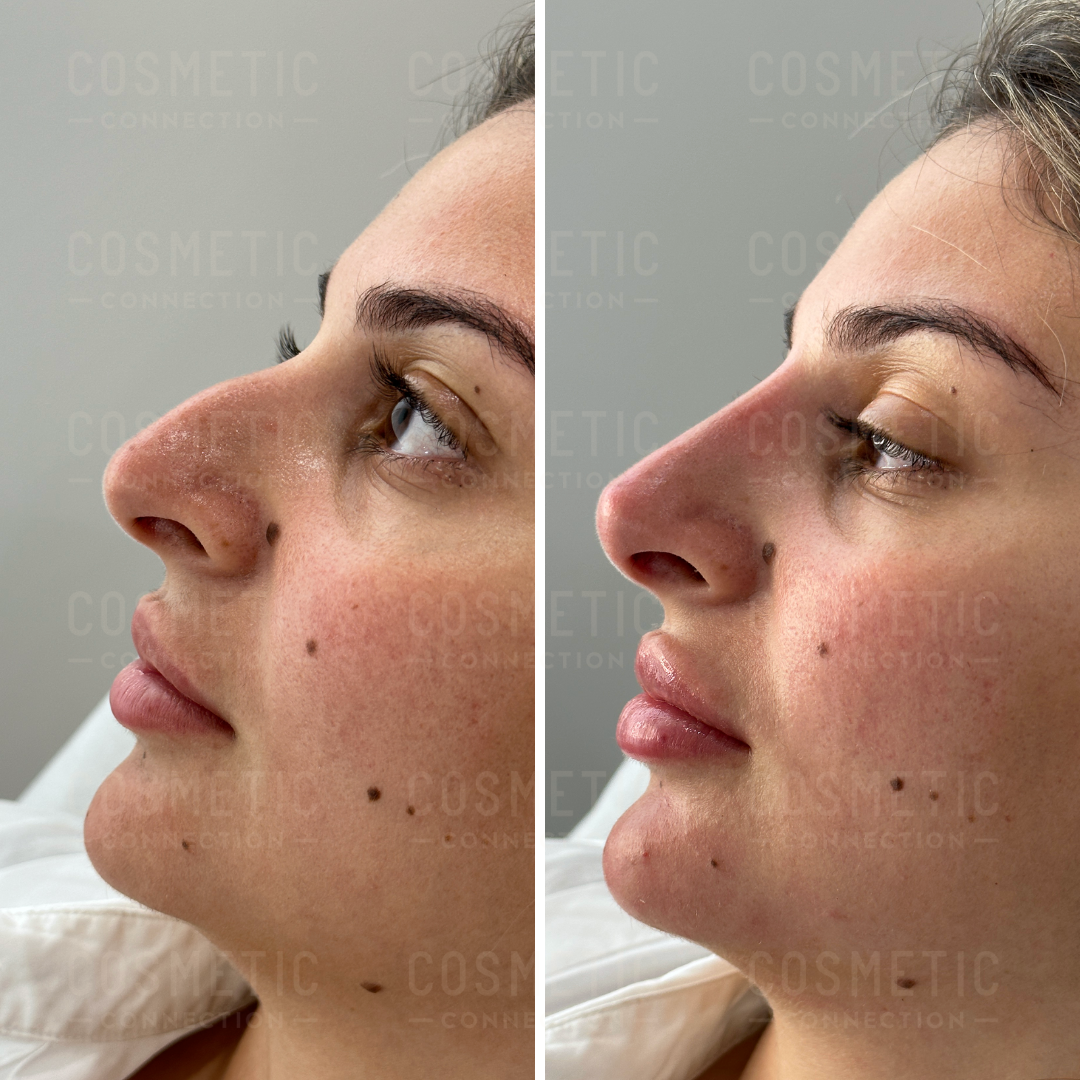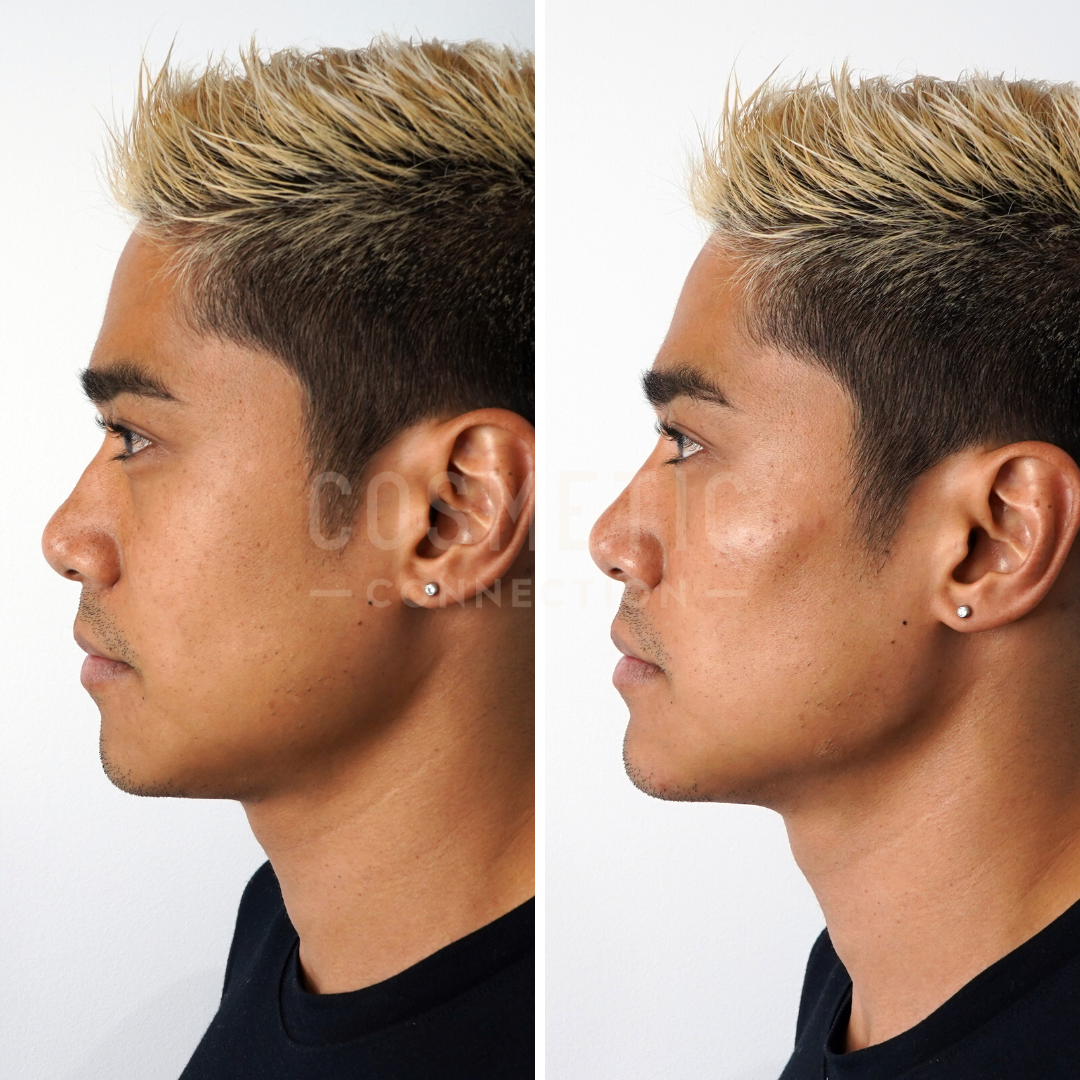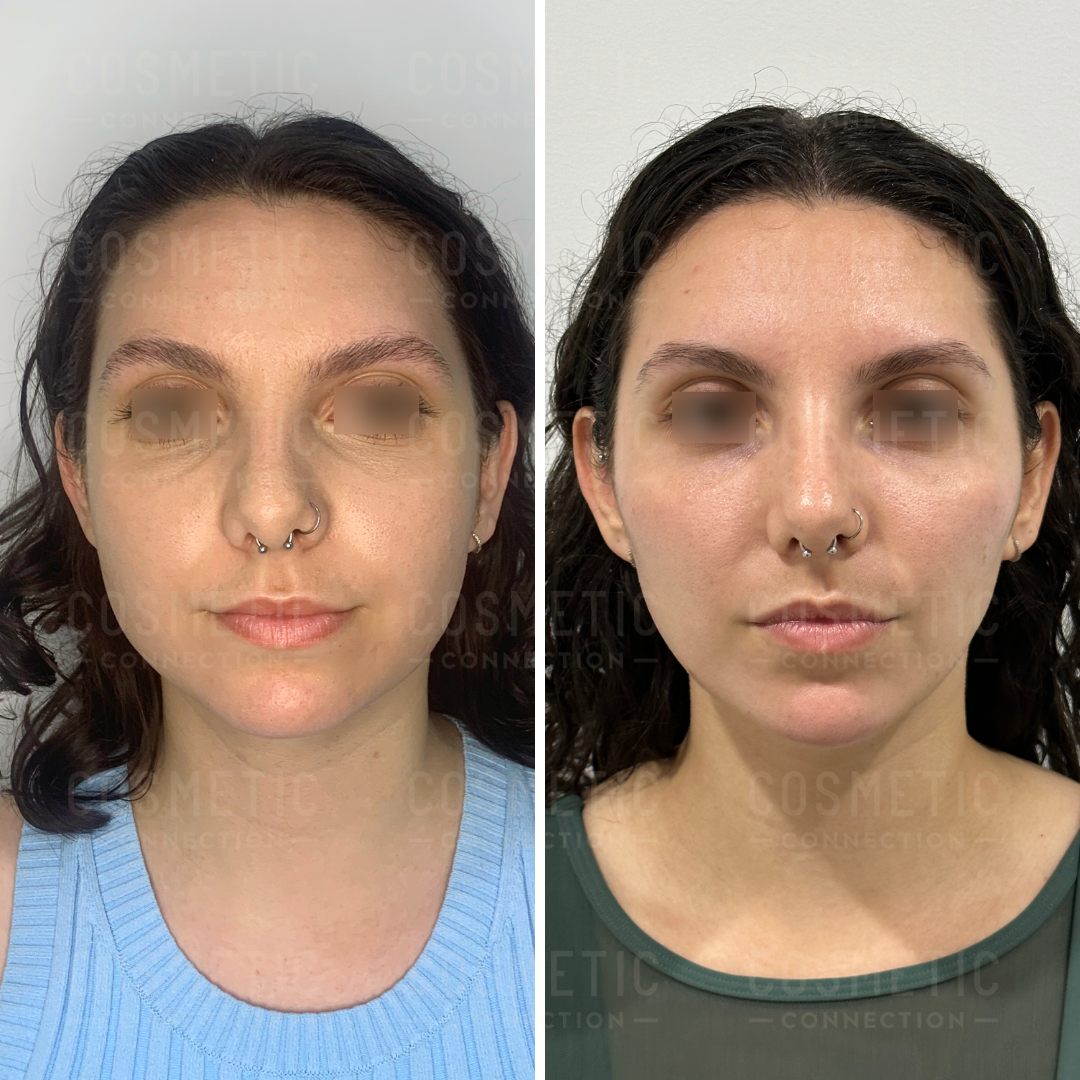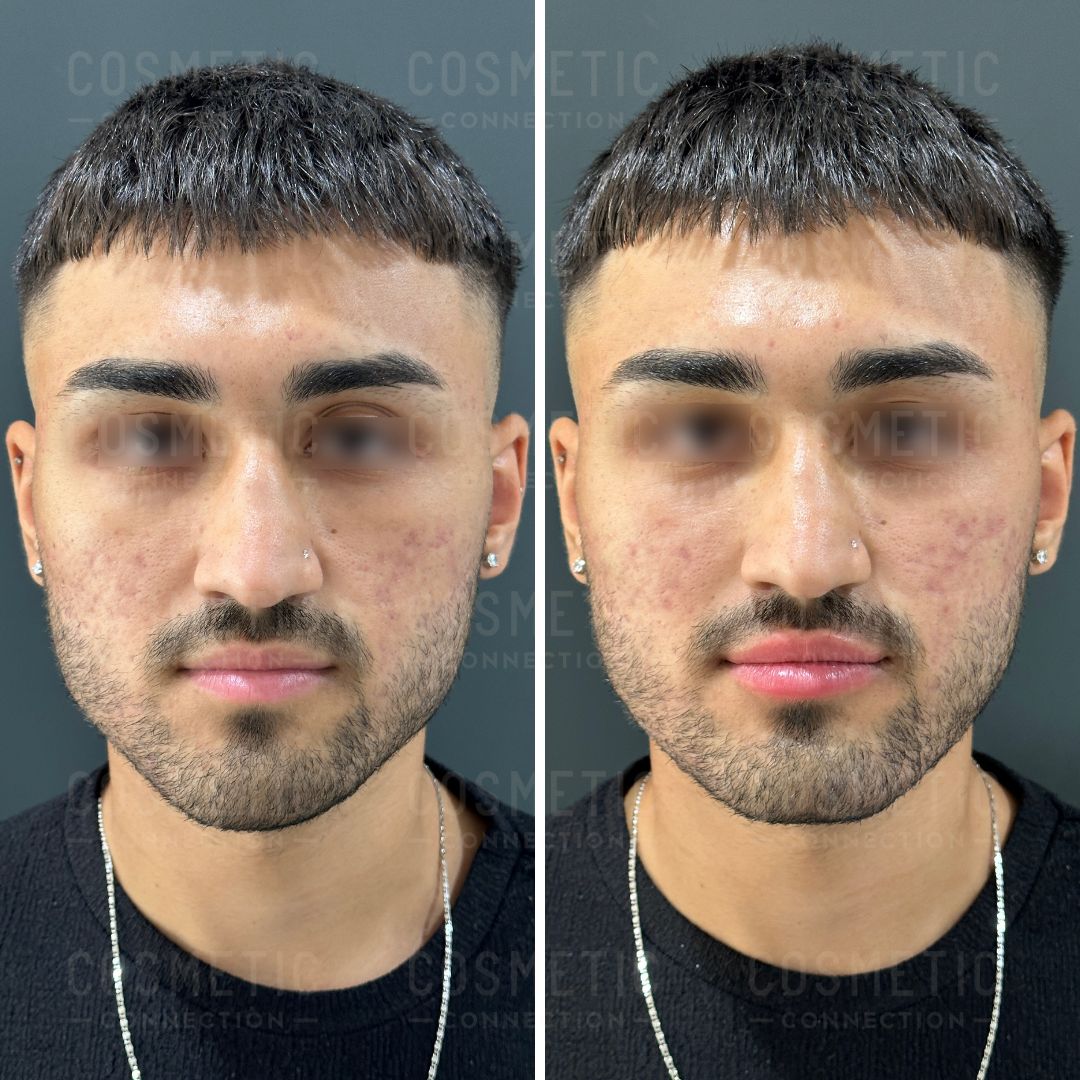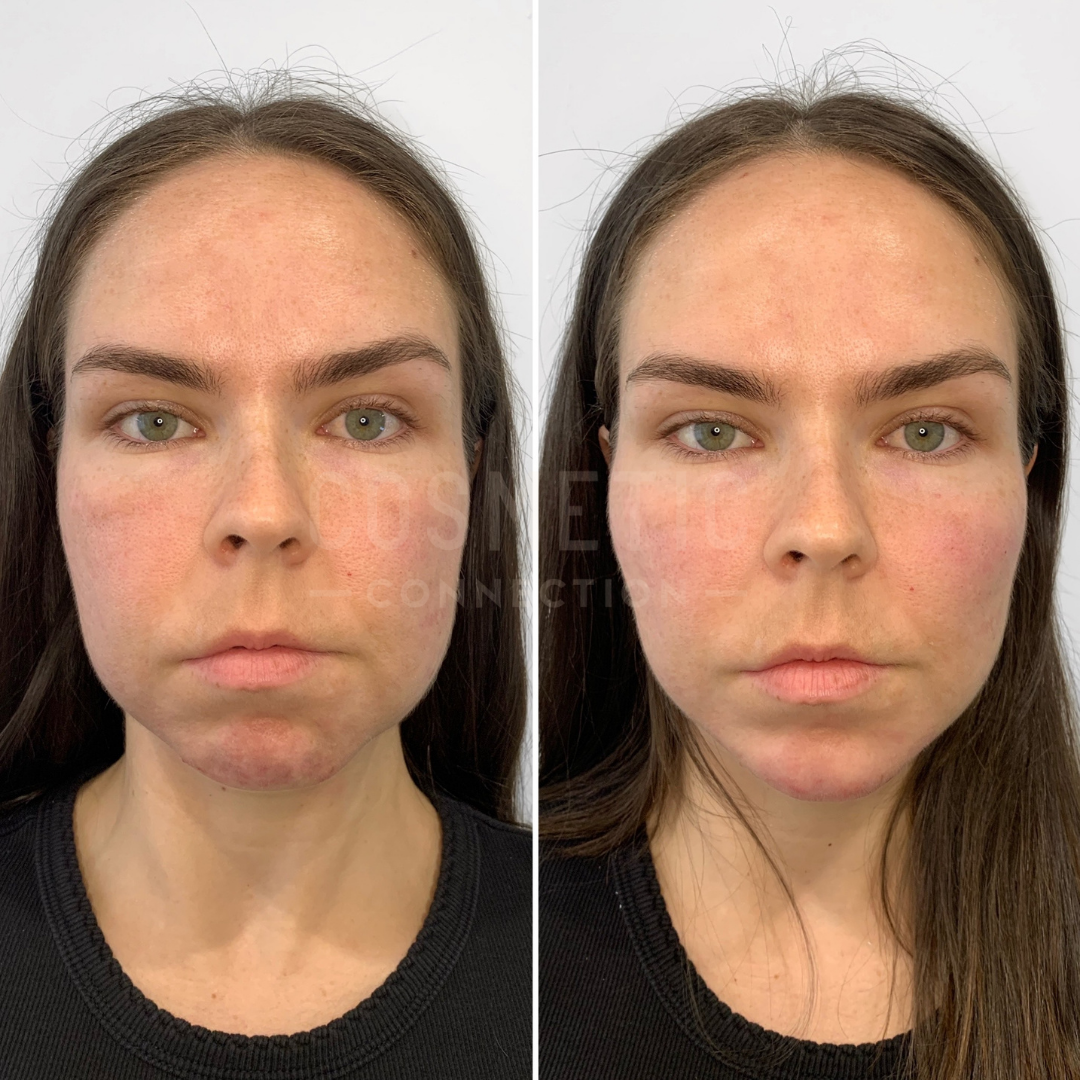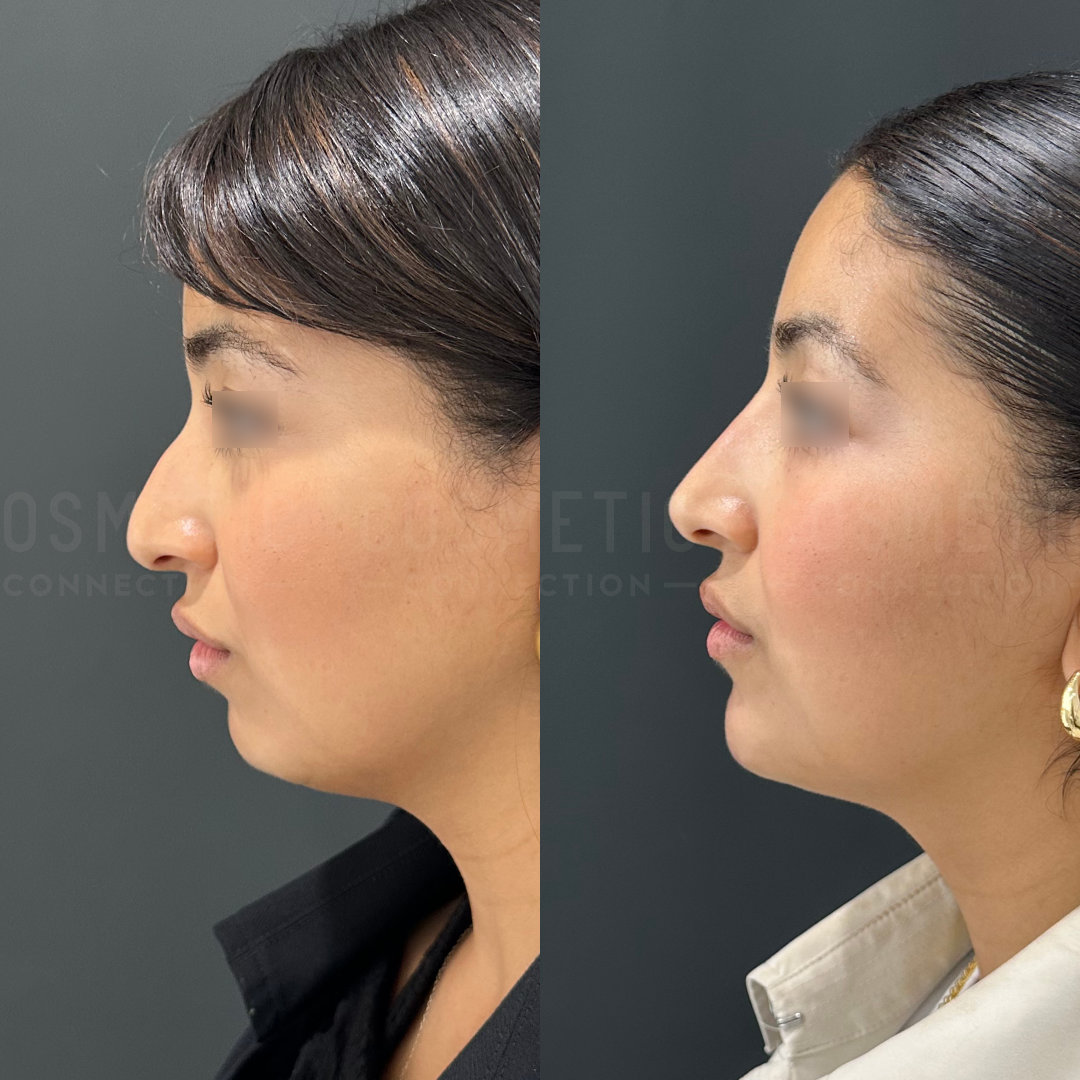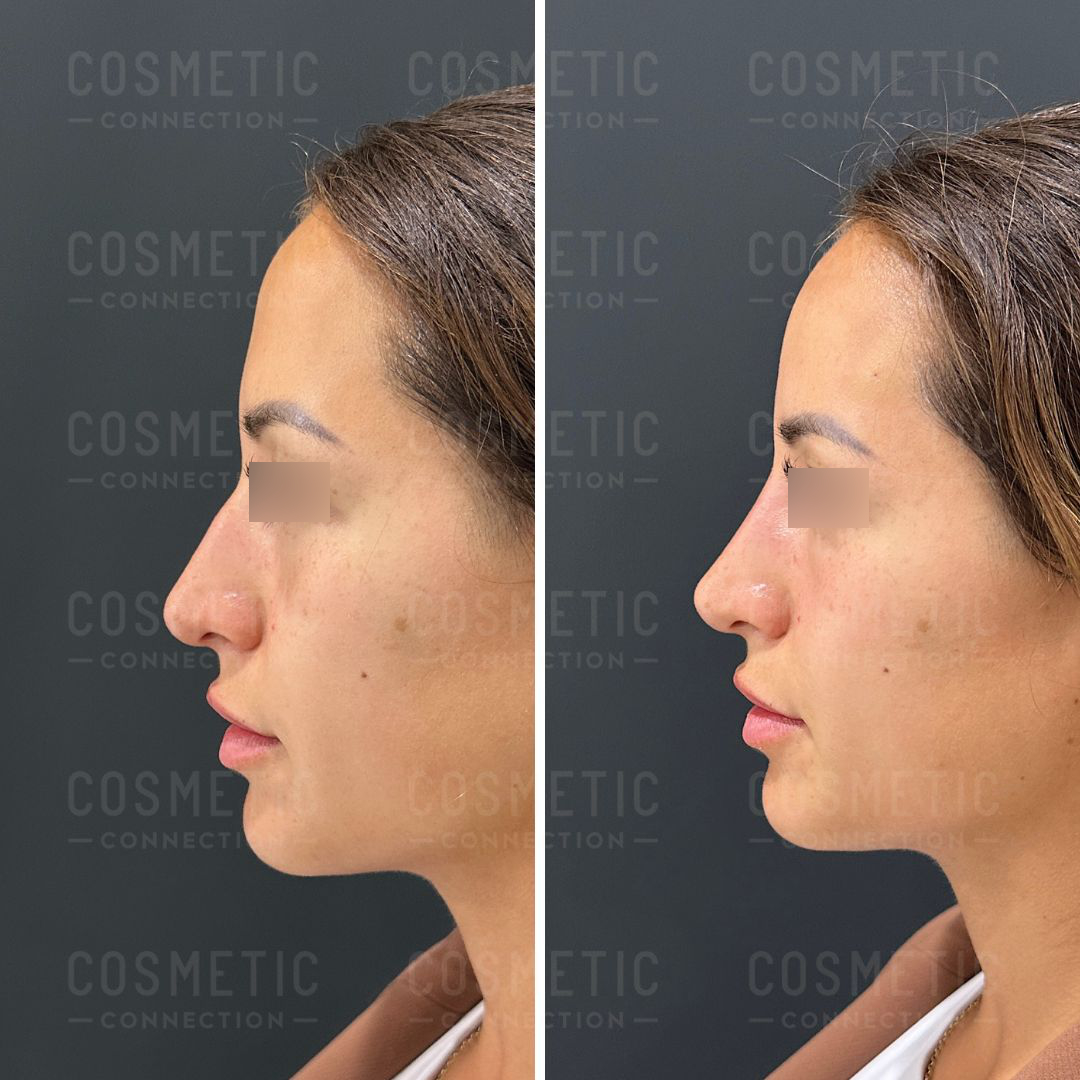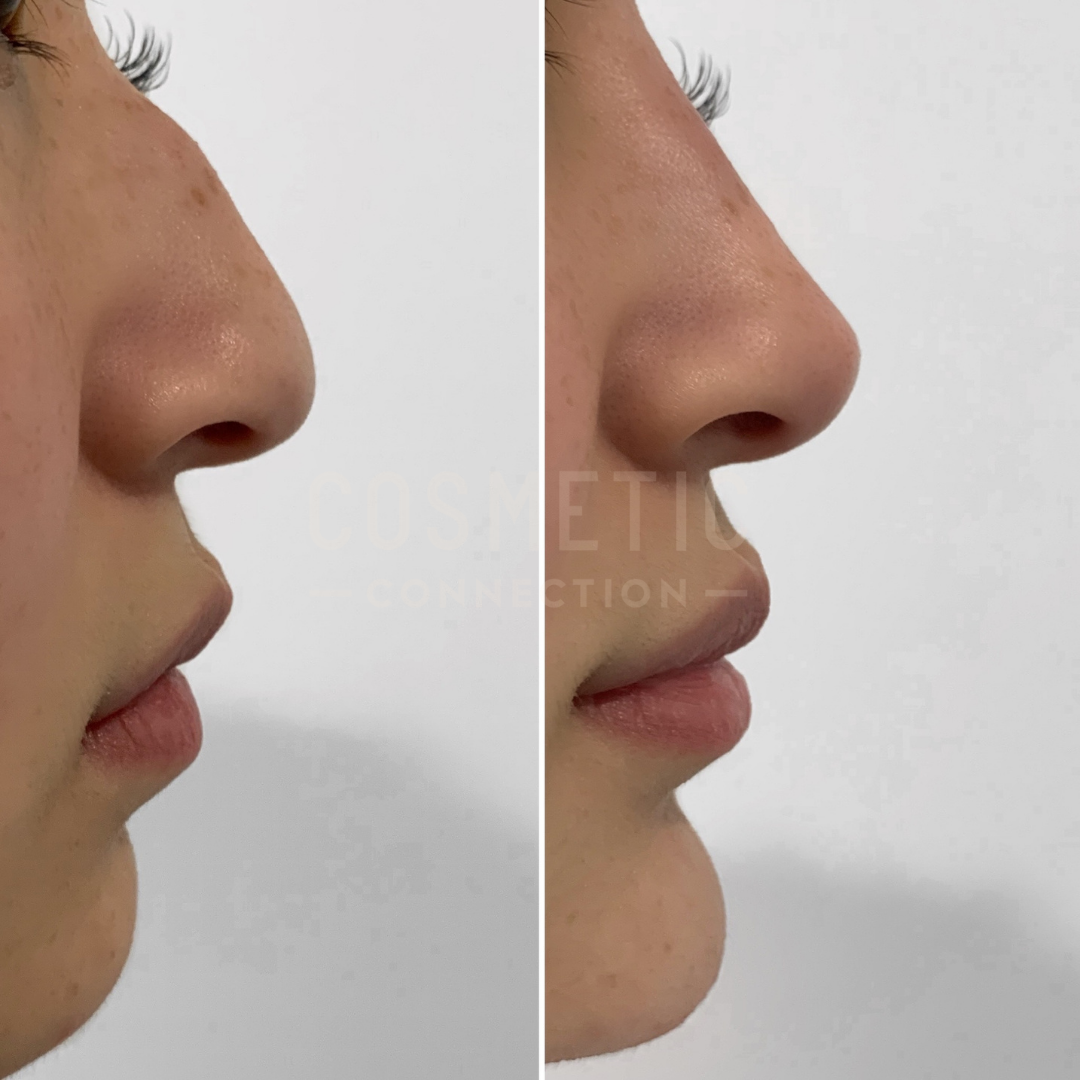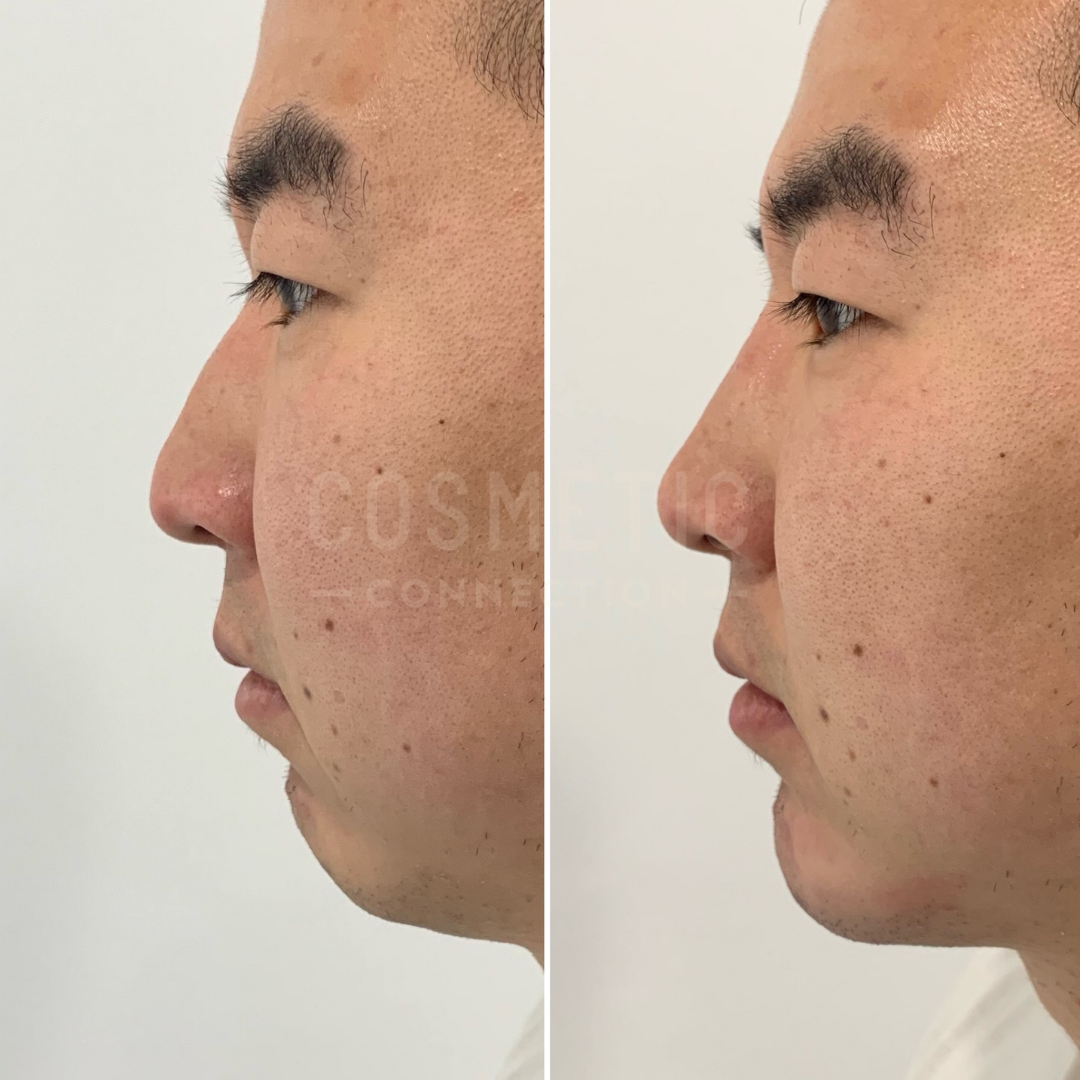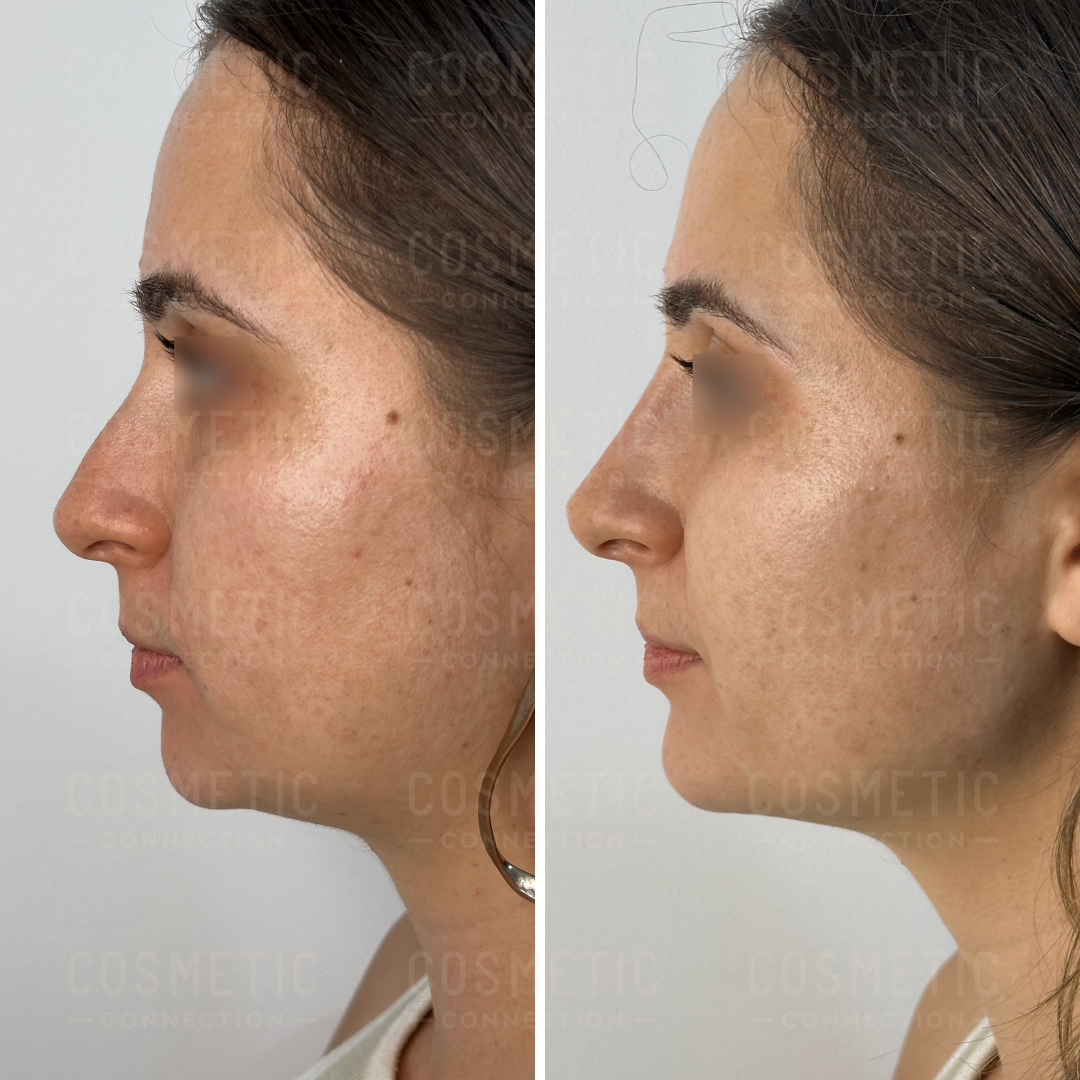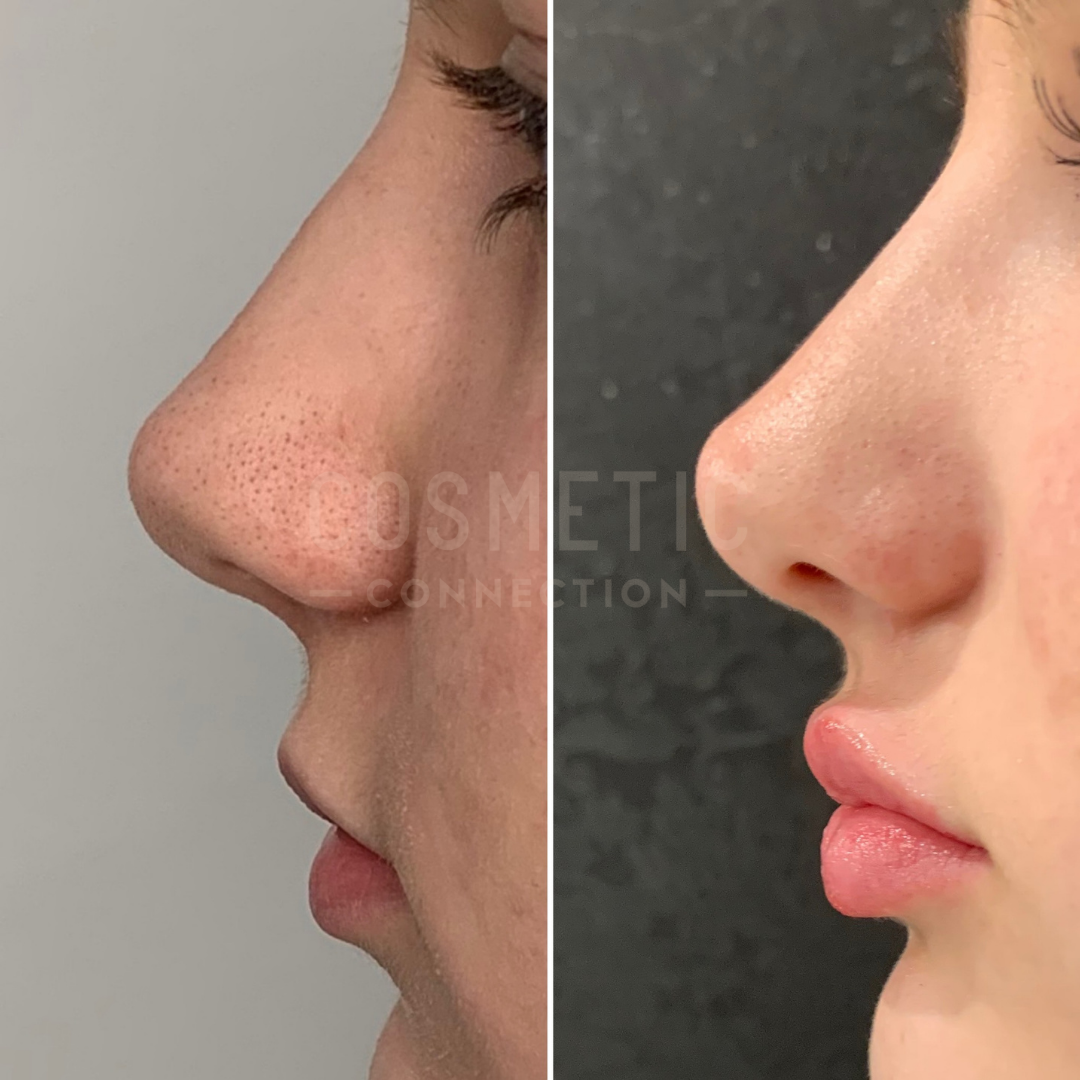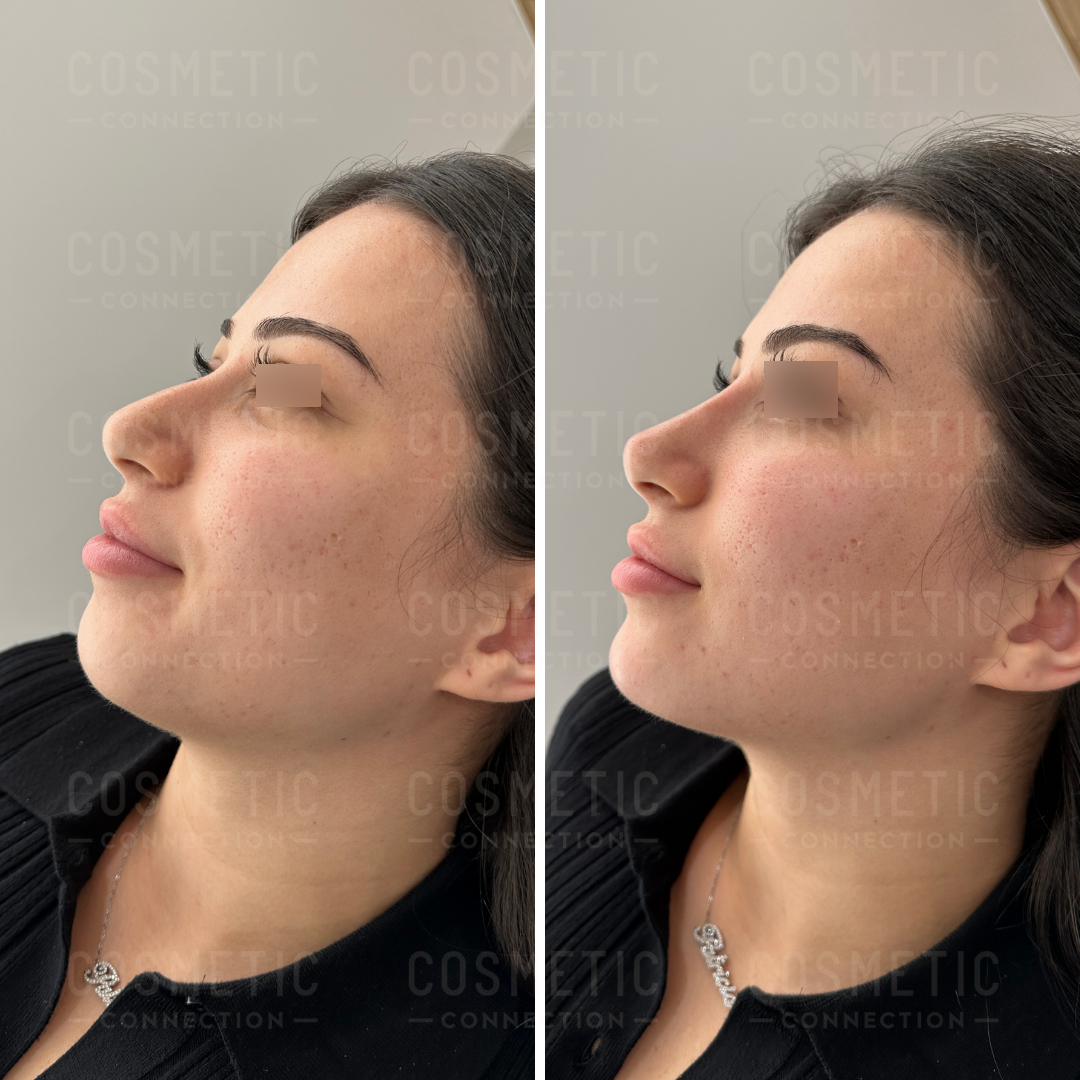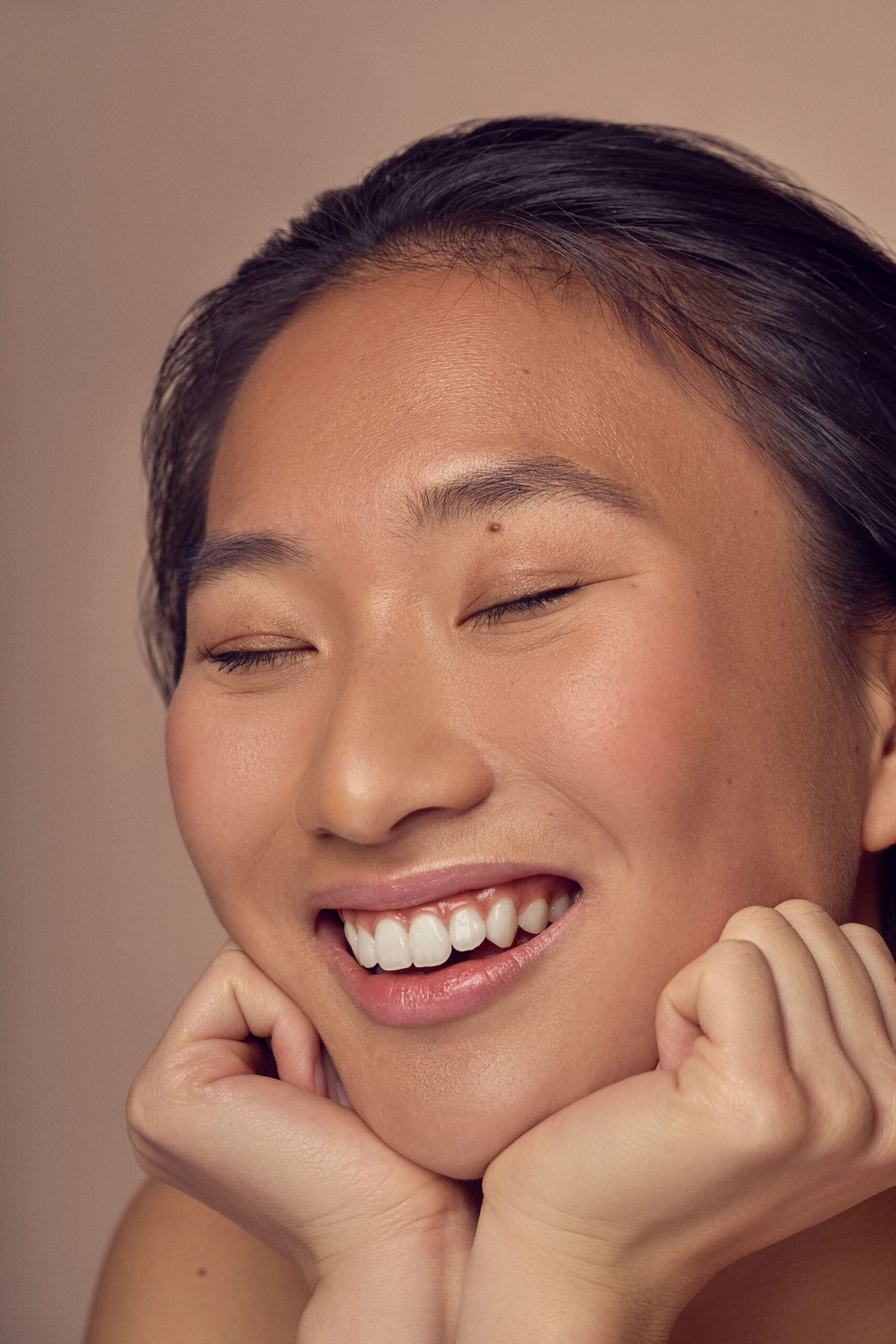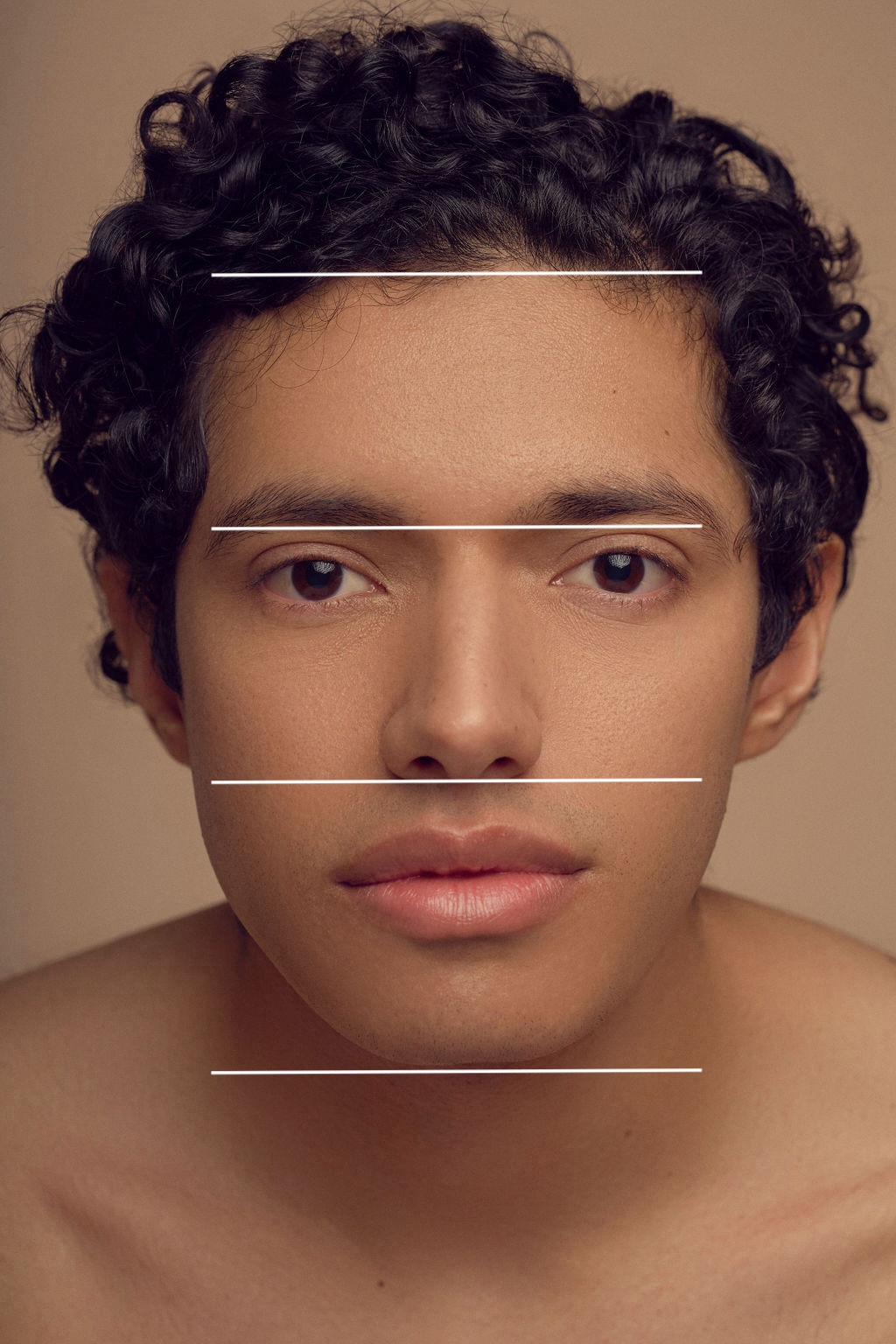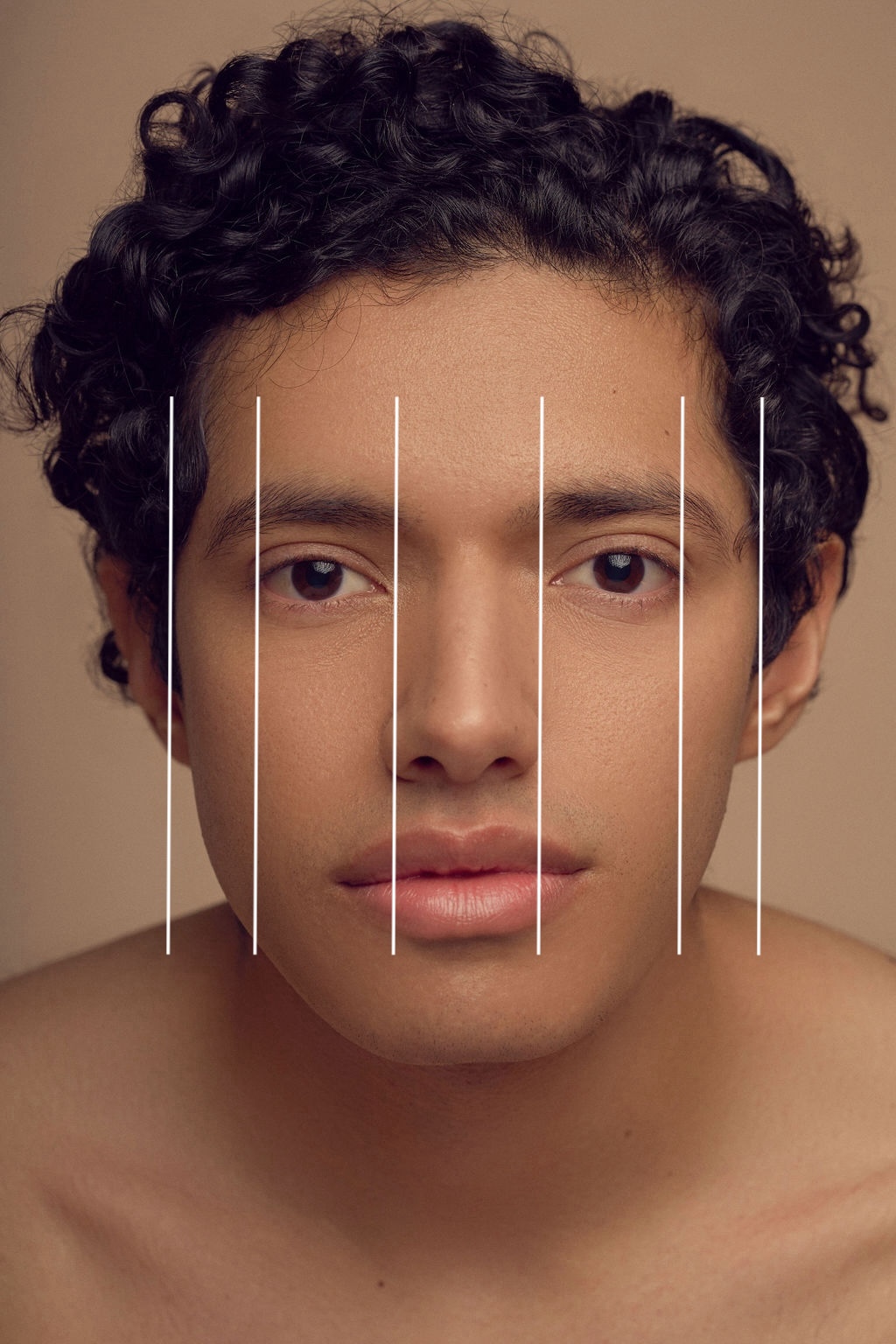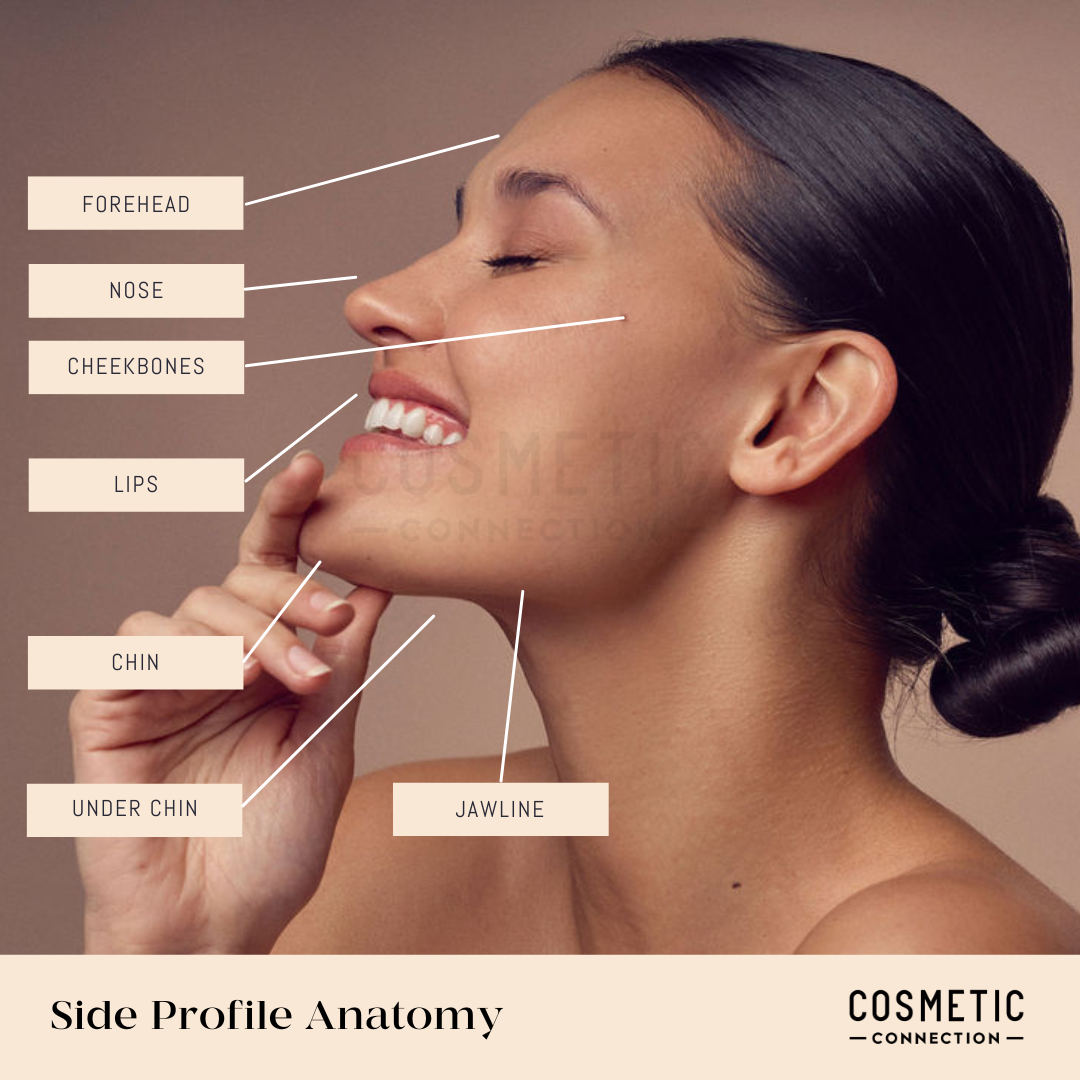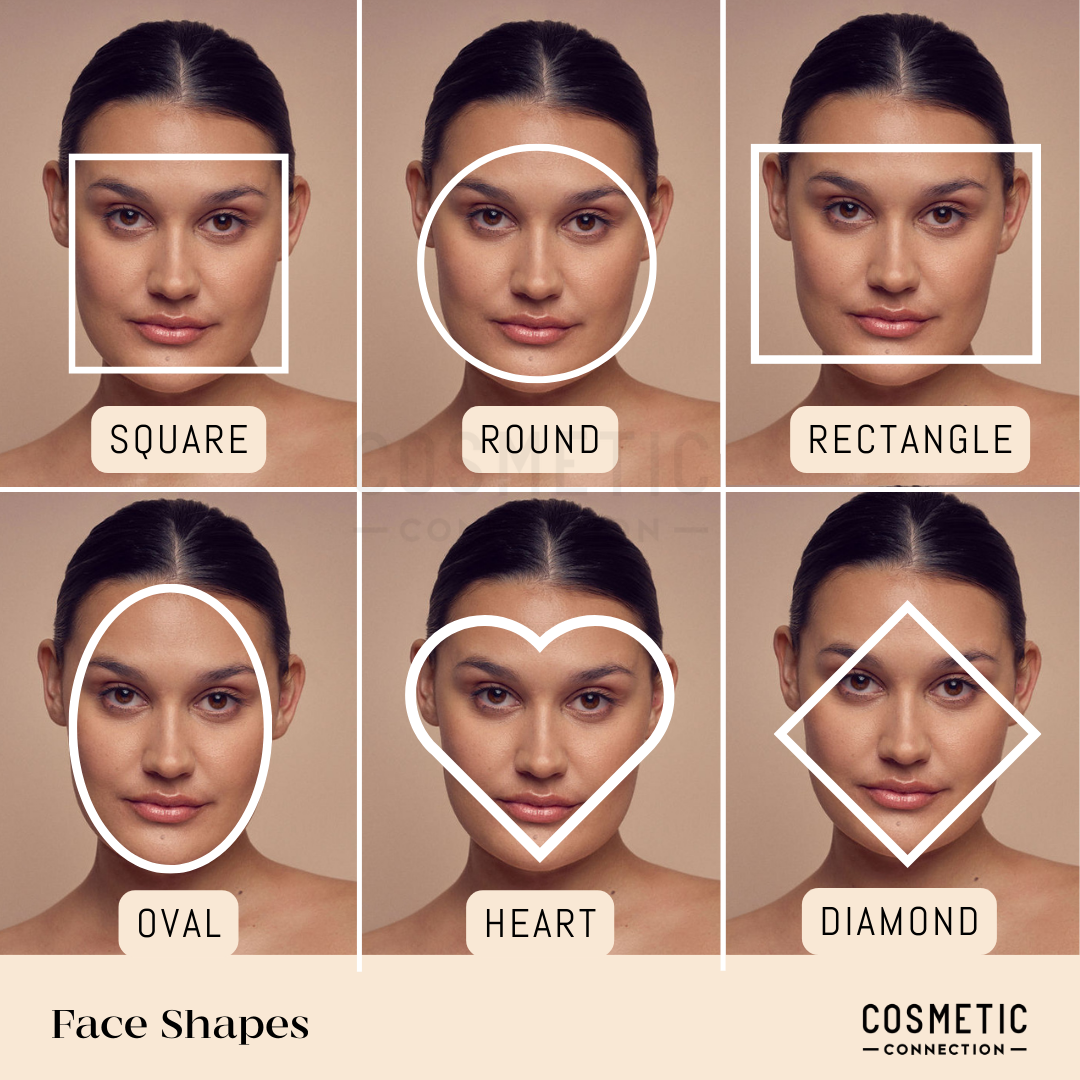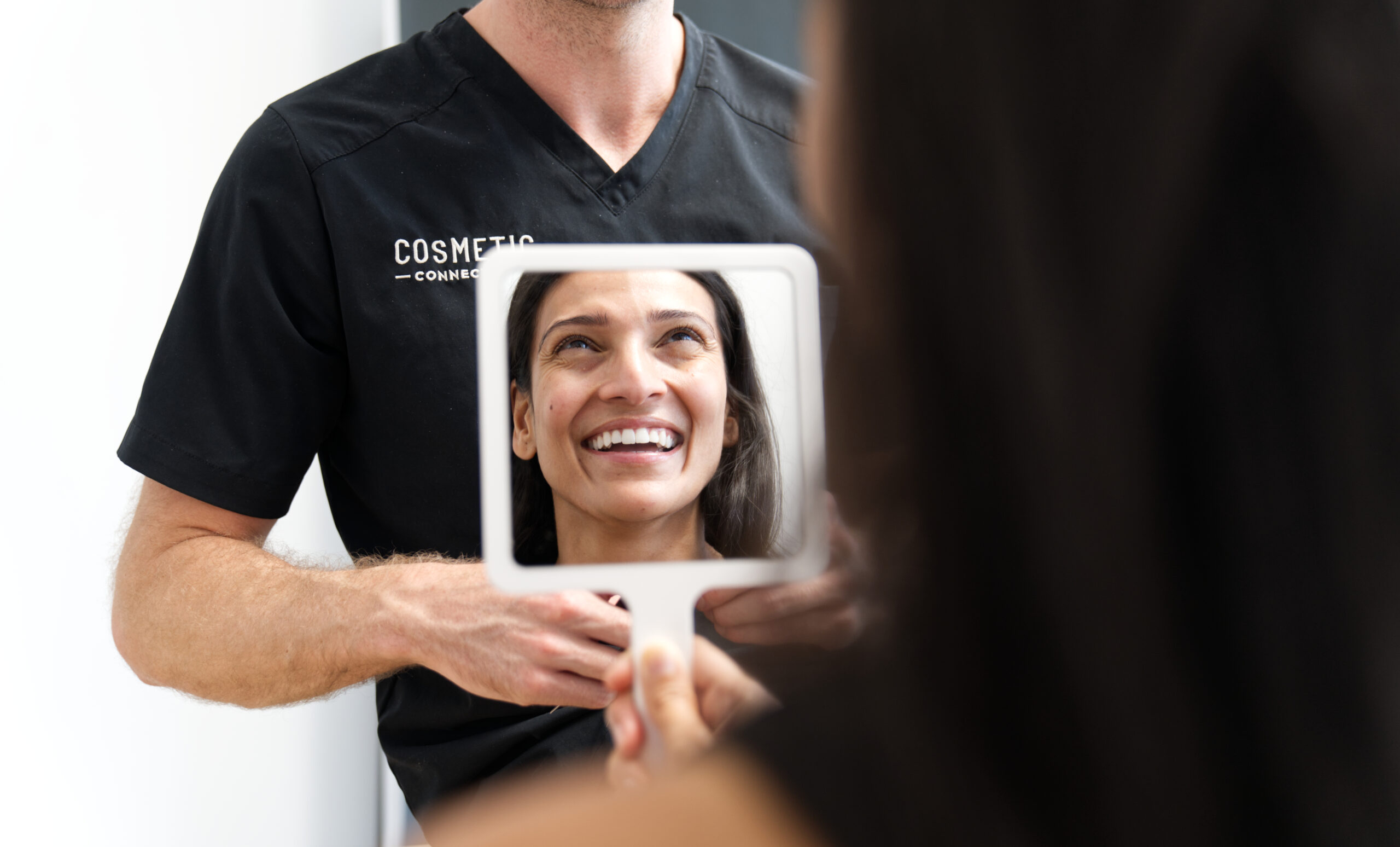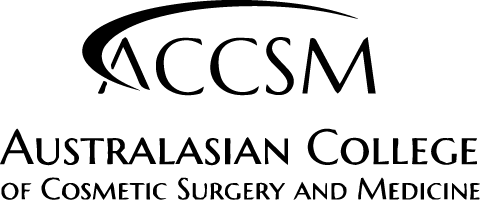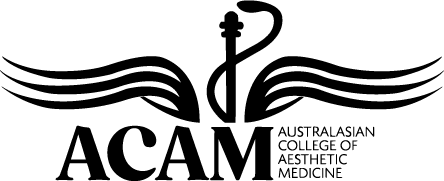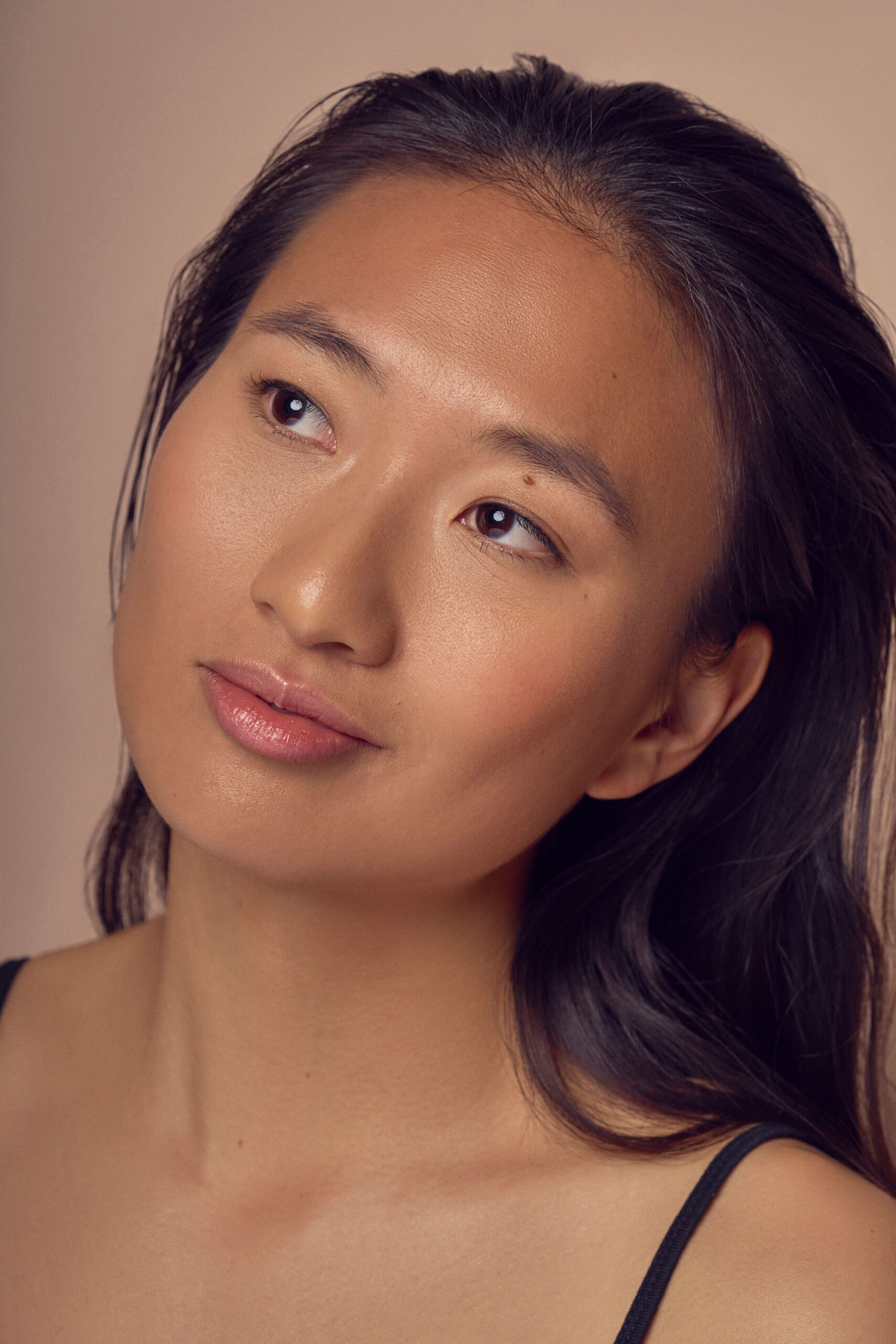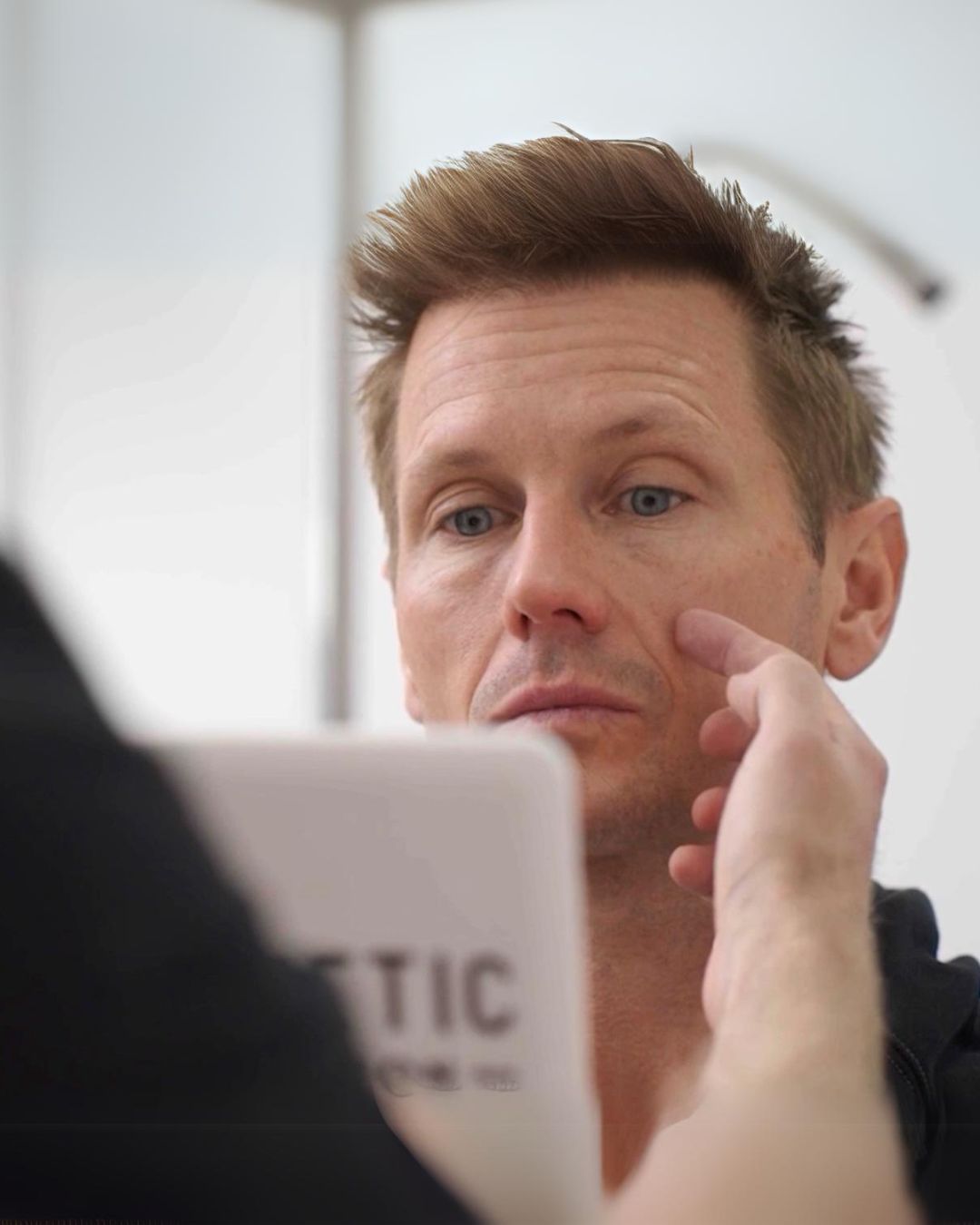Profile balancing
Your side profile is a key aspect of facial aesthetics. Small imbalances between your forehead, nose, lips, and chin can affect overall harmony. Side profile balancing focuses on adjusting the proportional relationships of these features to refine your profile balance.
What parts of the face make up the side profile?
Your side profile refers to how your face appears when viewed from the side, offering a distinct perspective on your facial harmony and balance. This view is composed of several key features:
When assessing the side profile, the forehead form part of the upper face. In women, the forehead typically exhibits a subtle convex curve. For men, a straighter slope is generally observed. Additionally, men often have a more prominent brow bone, sometimes referred to as frontal bossing, which contributes to distinct gender-specific characteristics in the side profile.
The nose is a central feature of the side profile. In men, the nose is typically observed to be larger and straighter in its overall structure. For women, the bridge of the nose can have a soft curve, which may be either slightly convex or concave, often varying based on individual ethnicity. Things like bumps, crookedness, and drooping may also be seen, and can result from trauma, natural ageing, or simply have developed this way.
Your cheeks and cheekbones contribute to the definition and structure of your side profile. In women, these features typically appear softer and more curved, often with a higher point of projection or ‘apex’. Men, on the other hand, tend to exhibit sharper and straighter cheekbones, with an apex that is flatter and positioned lower.
When observing the side profile, the lips play a role in facial harmony. It’s important to assess the relative projection of your top and bottom lip, and the intrinsic proportions between them.
Your chin and jawline are fundamental components of your lower side profile. When assessing your profile, we consider the shape, symmetry and definition of both.
The area beneath your chin forms the lowest part of your side profile. When assessing it, clinicians look for excess fat, loose skin, and hyper active muscles, which can all be targets for treatment that refines side profile balance.
What is side profile balancing?
Side profile balancing is a holistic approach to beauty and facial aesthetics approach that looks at the alignment and proportion of your facial features from the side view. It aims to create a smooth and harmonious contour between your forehead, nose, lips, and chin.
Who can benefit from side profile balancing?
Side profile balancing is typically suitable for people who feel their facial features are out of proportion and want to refine their profile. Common concerns include:
- A receding chin or jawline
- A prominent or hooked nose
- Small and thin lips
- Imbalance between the nose, lips, and chin
How side profile balancing works
Side profile balancing involves a detailed facial assessment to identify areas that could benefit from refinement. The process may include adjusting the chin, jawline, lips nose to achieve a smoother, more harmonious profile. Each plan is personalised to suit your facial anatomy and goals.
Potential results of side profile balancing
- Create a more harmonious and proportional side profile
- Address concerns about facial symmetry
- Complement other facial treatments for full facial balancing
What to expect from side profile balancing
During a consultation, a qualified practitioner will assess your facial structure and discuss your goals. They will recommend the most suitable options to refine your side profile. The approach is tailored to each person, ensuring results look natural and balanced.
Is side profile balancing right for me?
If you are concerned about the alignment or proportions of your facial features from the side, side profile balancing may help. A professional assessment is the best way to determine whether this approach is suitable for your unique facial structure.
